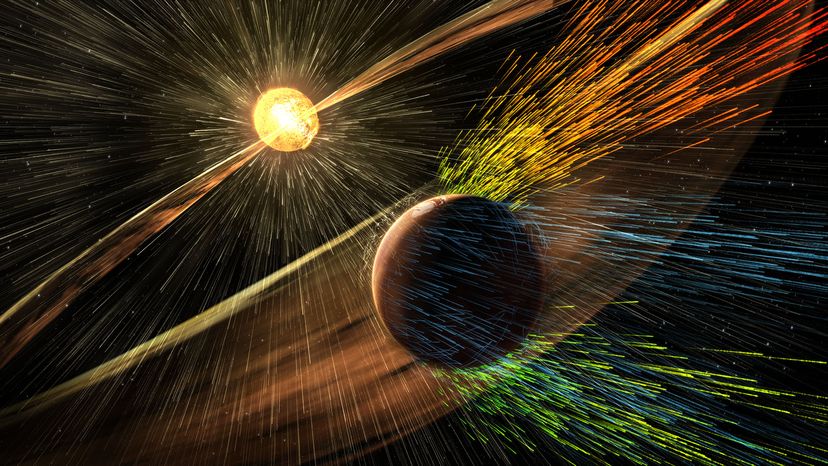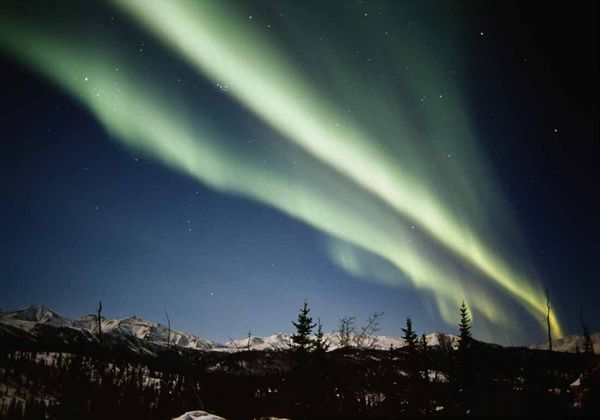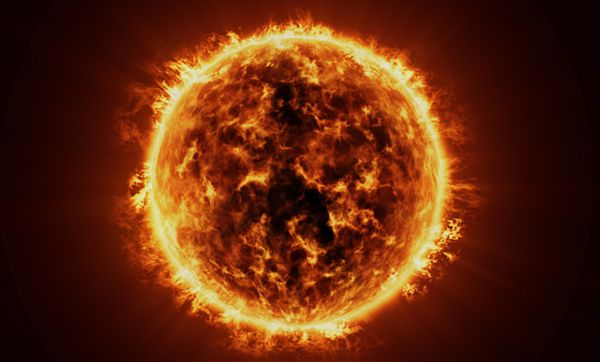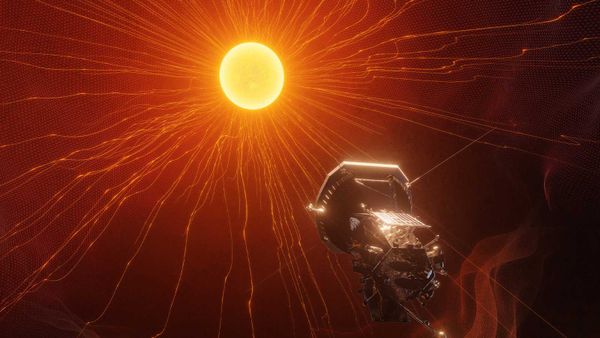Hydrogen and helium are solar wind's two major ingredients. It's no coincidence that those two elements also represent about 98 percent of the sun's chemical make-up. The extremely high temperatures associated with this star break down large quantities of both hydrogen and helium atoms, as well as those from other assorted elements like oxygen.
Energized by the intense heat, electrons start to drift away from the atomic nucleuses they once orbited. That creates plasma, a phase of matter that includes a mixture of free-ranging electrons and the nuclei they've left behind. Both carry charges: The roaming electrons are negatively charged while those abandoned nucleuses have positive charges.
Solar wind is made of plasma — and so is the corona. A faint layer of the sun's atmosphere, the corona starts roughly 1,300 miles (2,100 kilometers) above the solar surface and protrudes far into space. Even by solar standards, it's blisteringly hot. Temperatures within the corona can far exceed 2 million degrees Fahrenheit (1.1 million degrees Celsius), making this layer hundreds of times hotter than the actual surface of the sun beneath it.
About 20 million miles (32 million kilometers) away from that surface, portions of the corona transition into solar wind. Here, the sun's magnetic field weakens its grip on the fast-moving subatomic particles that comprise the corona.
As a result, the particles start to change their behavior. Inside the corona, electrons and nuclei move around in a somewhat orderly fashion. But those who pass that transition spot behave more erratically after doing so, like the flurries in a winter storm. Upon ditching the corona, the particles go forth into space as solar wind.



